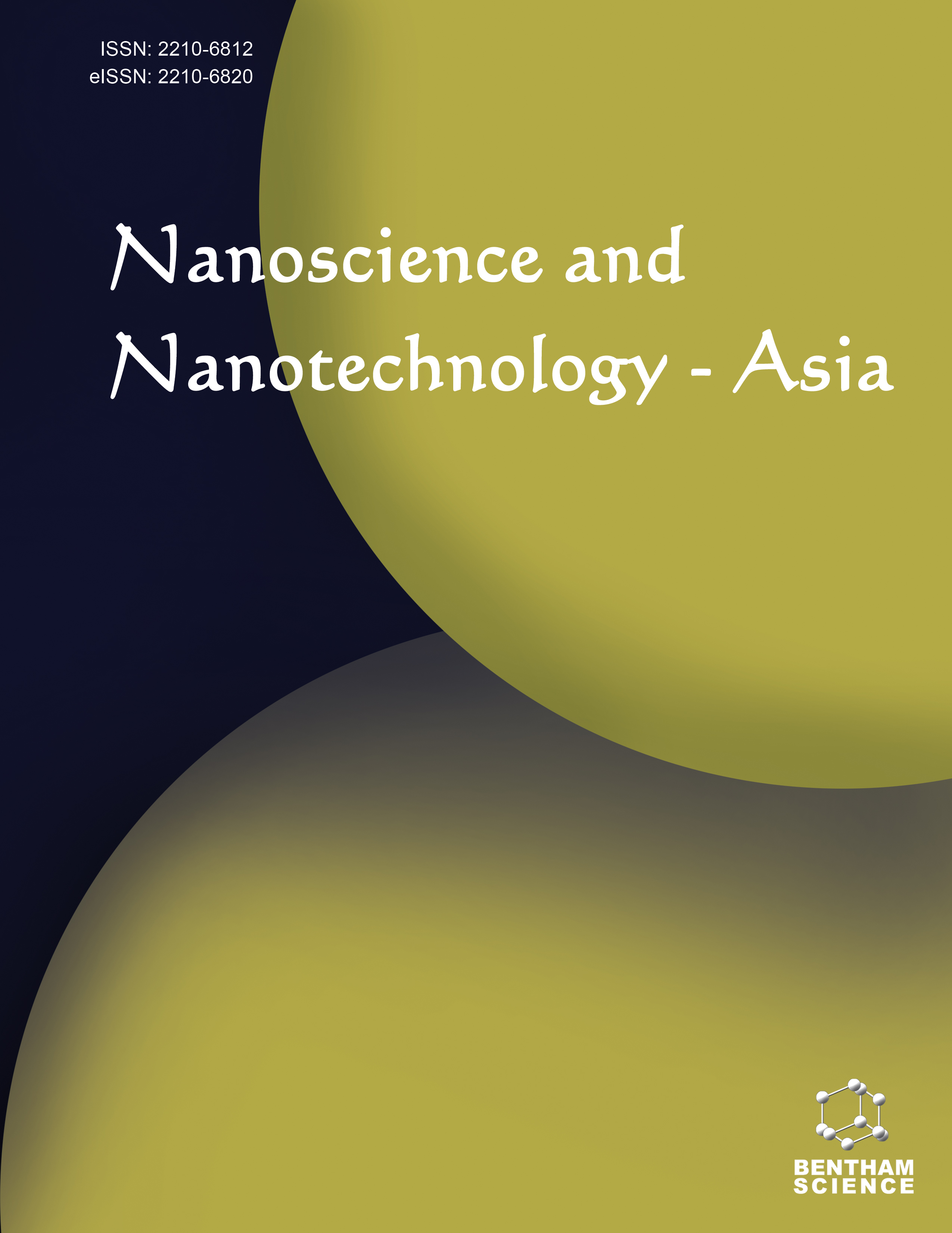Nanoscience & Nanotechnology-Asia - Volume 6, Issue 1, 2016
Volume 6, Issue 1, 2016
-
-
A Mini Review: Nanostructured Silicon-based Materials for Lithium Ion Battery
More LessAuthors: Jiantao Wang, Juanyu Yang and Shigang LuIt is necessary to develop high-energy-density and long cycle lithium (Li)-ion batteries so as to meet the requirements for electric vehicles. As one of anode materials, silicon (Si) has attracted most attention since it not only has 10 times higher specific capacity than traditional commercial carbon anodes, but also is cheap, abundant and environmentally benign. However, the poor cycling stability and low efficiency of Si anode due to the large volume change during the insertion and extraction of Li ion, has greatly limited its application. This review outlines the challenges of Si anode, and then provides series solutions to overcome these problems successfully. We hope that this review could extend to the building for the potential new Si-based anode materials.
-
-
-
Lithium-Sulfur Batteries: Overview and Advances
More LessAuthors: Maria G. Buonomenna and Joonwon BaeIn recent years lithium-sulfur batteries have received increasing attention from various research groups owing to their high theoretical specific energy density. The high energy storage required by extended range electric vehicles justifies the research effort that is still necessary to overcome the existing significant obstacles to realize in practice the theoretical high energy density. In this review, after a brief overview of the current context and scientific/technical challenges for the development of lithium-sulfur batteries, some advances in the knowledge of electrochemical mechanism occurring in lithium-sulfur batteries, in exploring cathodes, separators, electrolytes have been reported. Particular emphasis has been devoted to major developments of novel lithium-sulfur battery configurations by research groups active in the field for decades, proposed in the logic of system materials engineering.
-
-
-
Multicompartmental Micro/Nanofibers Toward Fiber Based Energy Devices
More LessAuthors: Jaemin Lee and Kyung J. LeeMulticompartmental micro/nanofibers have been attained growing interest in the recent years because of their potential applications for fiber-based energy applications such as solar cell, piezo-electric materials, lithium ion battery, and supercapacitor. Herein, we summarized preparation pathway for multicompartmental micro/nanofibers and fiber based energy applications which will play an important role in development of wearable electronics in near future.
-
-
-
Fabrication and Applications of Tailored Carbon Capsules
More LessBy Joonwon BaeRecently, diverse carbon materials with elegant structures such as fullerene, nanotube, and graphene have been realized and thus tailoring those elaborate structures has become a challenging research task. In addition, various emerging carbon materials have been demonstrated such as capsules, tubes, and vesicles. Among these candidates, carbon capsules are particularly interesting owing to their interesting characteristics such as relatively high surface area, structural stability, chemical inertness, mechanical durability, and potential applications. They can be incorporated to the energy storage/conversion, electronic and magnetic devices, biocompatible components, nanocomposite, and environment friendly systems. In addition, they have acted as reaction media and sacrificial scaffolds to generate intriguing micro and nanostructures. Therefore, herein, it is worthwhile to summarize the previous research works on fabrication and applications of carbon capsules (micro and nano). It is expected that this article can provide essential information for future research activities.
-
Most Read This Month


